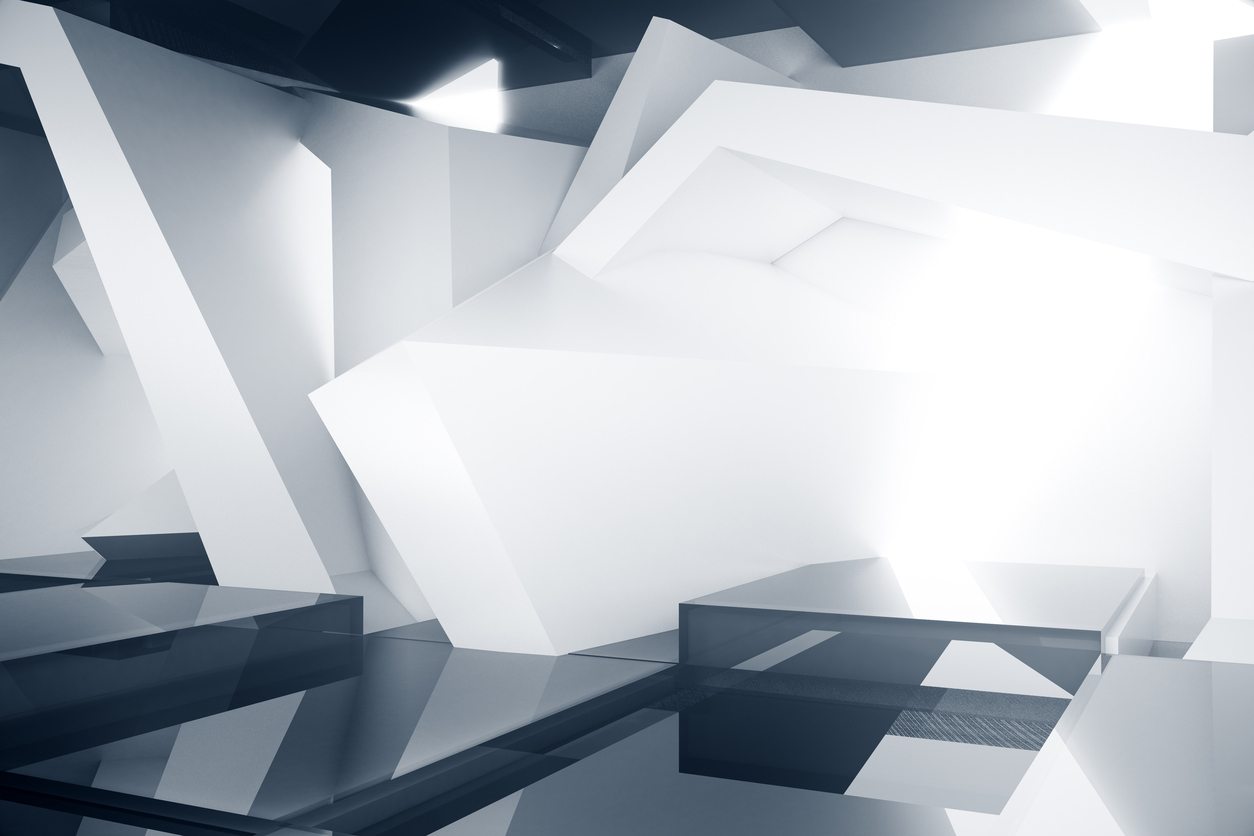There are two major approaches to website layout. One calls for symmetry, like how a butterfly is laid out. The other, which often can be neglected by site owners, is asymmetry. Before you write off asymmetry as looking sloppy, know it has a value that you can exploit to make your site appear more alive and dynamic.
When it comes to company logo designs, you’ll notice not all have a symmetrical layout. In fact, those that are asymmetrical create a stronger focal point, look to be in motion and overall pack more of a dynamic punch. You can say that same for websites that use an asymmetrical layout.

That being said, you can go too far with asymmetry, creating a lopsided look that actually takes away from the functionality of your page. It might sound ironic, but you’ll need to carefully keep things balanced, even if you’re trying to draw visitors’ eyes more to one side of the layout than the other.
You can achieve balance by pairing up design elements that are dissimilar. That could mean putting text and images next to each other, instead of featuring an infographic next to a photo, which would actually emphasize the lopsided aspect of the page. The elements that sit by each other should be somehow related, otherwise the layout will still feel forced and artificial.
Watch your negative and positive space, because balancing those out in different portions of your page will help maintain a sense of balance. For example, you can add heavy, large text to a mostly blank area. Using contrasting colors in big blocks that butt up against each other or intersect is another great way to balance things out.
Getting the balance wrong for an asymmetrical web page design, visitors might not really see the whole page. By using the above techniques, you’ll help keep visitor’s eyes moving around, instead of keeping them fixated on one spot. If done correctly, you control what people see first, second, third, etc. on the page, which is great for telling a story.
Ultimately, working with asymmetrical website design takes practice and patience. Don’t be afraid to experiment before settling on a finalized layout.

